Overwatch undercover: why delicate balancing is its greatest strength
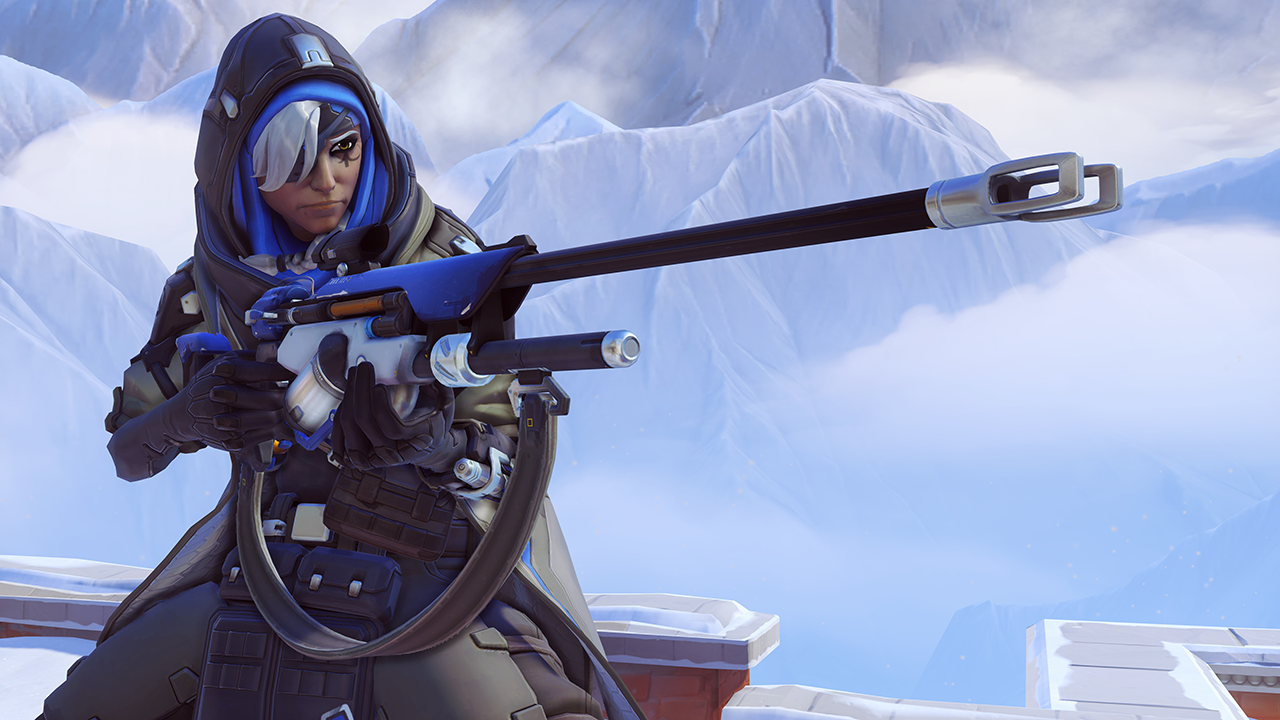
“We want to make sure that everyone feels useful and powerful, but, first and foremost, we want to make sure that the game-- and the heroes individually-- are fun,” says Geoff Goodman, lead hero designer of Overwatch, talking about the tricky art of balancing.
Overwatch's appeal lies in its roster of colorful characters, each defined by their own unique abilities. This variety, however, makes for a complicated machine. A machine which can be brought down by a single gear out of place. Every aspect has to be scrutinized and evaluated, tuned and tweaked. The developers can come up with as many concept designs as they like, but the true test of each hero lies on the virtual battlefield. Transferred from paper to game, any imbalances are revealed through play. From overpowered attacks that obliterate whole teams, to abilities that simply don't feel right for a particular character, actual play reveals what adjustments need to be made.
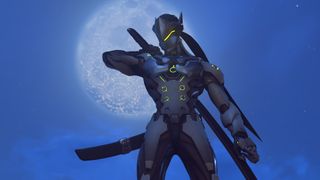
The high gloss coating of the current roster doesn’t betray the many changes made during development, with certain heroes like Genji having been altered quite radically from their initial design. Deciding exactly what to change when balancing is a difficult process, and relies on drawing information from as many sources as possible. “We get a lot of feedback from players, emails and stuff in the forums. We play the game ourselves, and we're also getting a lot of stats which are super useful to look at, but I wouldn't say that there is one major thing. We try to look at all of this at the same time,” Goodman reveals. Sometimes player feedback provides information that the data cannot, such as when a-- from a statistical viewpoint-- overpowered character feels underpowered. Cold, hard data are therefore not the sole driver behind balancing, though they do play their part.
Each hero comes with their own unique style. Tracer-- the cheery charming cockney with a penchant for time-manipulation-- works best as a skirmisher and flanker, diving in for quick bursts before warping away, while Lucio-- the roller-blading dreadlocked DJ-- wall-runs and skates around the fray, granting buffs to his team. These heroes are just two among a current roster of 21, and they're among the easier ones to understand, with the others ranging from a transcendent robotic monk to a hyper-intelligent gorilla.
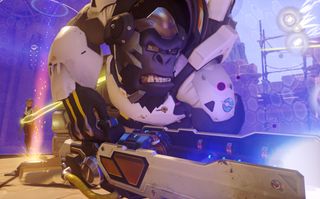
The development team were also the game’s initial playtesters, but eventually the game reached a level of polish where they were willing to let others play with their baby, and an internal alpha was launched within Blizzard. This provided feedback from the company as a whole, gaining insight from the fresh eyes of people unattached to these characters, people who hadn't nurtured them from concept to (virtual) reality. A while later came the public beta, introducing the game to thousands more people, and bringing with it its own slew of feedback and data.
These test runs revealed some interesting trends. People rarely chose Symmetra, a support hero, even though stats revealed her to be far and away the highest winmaker. Feedback commonly complained that she was underpowered, but her win statistics didn't lie. Making her more powerful wasn't the answer. If anything, she was already overpowered. In cases like this balancing has to move away from raw numbers, instead looking for the reasons behind why a character's not enjoyable to play.
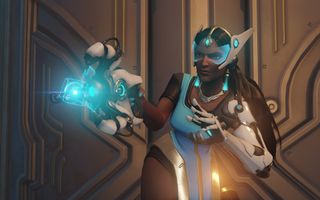
People stick with what they know. This was Goodman's explanation for the Symmetra discrepancy. The beta showed that people tended to-- especially early on-- choose heroes that matched what they were familiar with. The sniper Widowmaker and the airborne rocketeer Pharah both had close analogues in other games, and, as the data revealed, were picked much more often. Strikingly different heroes-- ones like Symmetra, Winston, and Zarya-- took a while for people to adapt to, for them to understand and utilize their individual quirks. This is where quality of life paths for the characters come into play. The team subtly changes the heroes, inching them by degrees towards the ultimate goal- feeling good to play.
Sign up to the 12DOVE Newsletter
Weekly digests, tales from the communities you love, and more
Buffing and nerfing. These are the raw methods used to tune the various abilities, adjusting them until a balance is found. “During beta we were a bit heavy-handed because we had a limited window to work with so we wanted to make sure we could get the biggest change possible. Basically we wanted to see the needle move, to see what effect it has when we went too far,” Goodman says. Now that the game is shipped, the changes are unlikely to be quite as drastic but they'll still be there, albeit more akin to minor tweaks rather than full turns of the wrench. Ultimately the team feel they have a solid base, and now that everyone's finding their footing they don't want to pull it out from under them.
The tweaks to certain abilities are only one aspect of the balancing process, with some more central issues arising through the course of development. Melee characters were always planned for the game, and the hero Reinhardt was the starting point. A Hasselhoff-loving tank on legs, he slotted easily into the game, his rocket hammer and shield ability making for a satisfying and useful character. The team thought they had melee nailed. Then came the work on a much more nimble melee hero, Genji- the artist formerly known (during development) as Sword Ninja. Here was a cyborg who could jump in and out of the fray, leaving severed characters in his wake. He was built entirely around melee, and that was the problem. Reinhardt worked well because he's not trying to attack all the time. He has other uses. He calls up a shield. He charges around. But Genji, originally built around his deadly sword, never felt quite right, and went through a few different versions throughout development. At one point he was stealthy, another time really fast. Sometimes he was lethal, and then sometimes not so much. Eventually his strong melee was limited to the small window of his ultimate ability and it was then that everything clicked into place. In his current form Genji is fun to play and a firm fan favorite, but here is a hero who is strong because of the legacy of those who preceded him.
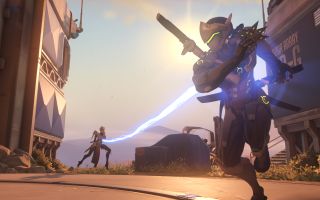
Making sure that each hero is balanced and fun to play is no easy task, but there is the added complication when these different heroes come together in novel combinations. These required their own balancing, with the open beta highlighting one particularly potent team-up. The angelic Mercy would hang back and buff the sniper Widowmaker, raising her damage output, turning her into a one-shot death machine. It was an effective combo, though a boring one for Mercy who was left standing there, staring wistfully out at the heart of the battle. The team took note, and, by reducing Widowmaker's damage and Mercy's buff, were able to weaken the combo, relieving Mercy of her dull duty.
Overwatch's balancing is therefore far from over. Minor buffs and nerfs will be rolled out over its lifetime alongside the new maps and characters which have been promised. These small tweaks will help to smooth out the game, making for a more even, and, above all, more enjoyable experience. There is no hard science behind balancing, it vehemently remains a fine art, a craft where no general rules exist. Instead, an intuitive feel for the game is needed. A certain element can be determined as ever so slightly wrong, and the developers can then continue to hone the game to its finest point. Overwatch still has certain issues, and will certainly change down the way, but the base underneath it all? The one which took years to build and refine? Trust me, it's rock solid.

Palworld developer Pocketpair opened its publishing arm only one week ago, and it's already received 150 pitches: "We're determined to help as many great games get made as possible"

GTA 6 will run at 30fps on console, former GTA 5 and Red Dead Redemption 2 animator expects, and your best shot at 60fps may be hoping for PC
Most Popular


